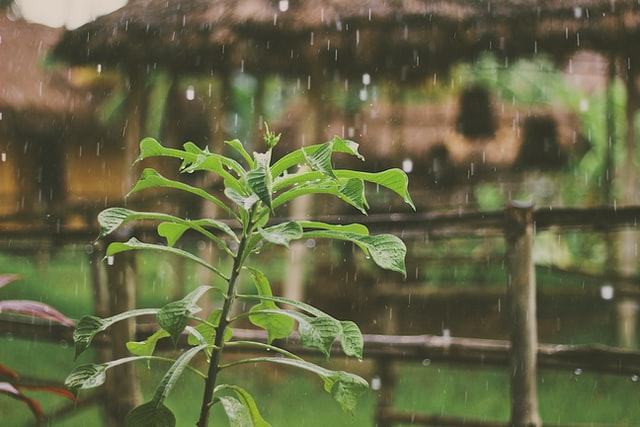As its name suggests, a rain garden is a garden that is irrigated primarily, if not exclusively, with stormwater runoff; even in a drought and in areas where it does not rain that much. And this is because native, drought-resistant, and xeriscaping are utilized to landscape these gardens. The idea itself is not new in landscaping, but it is becoming more and more common in urban areas within the public right-of-way. Also, there is a precursor to this design, which is the infiltration pond. For example, in some parts of the Southwest, where the soil is sandy, infiltration ponds have been constructed to capture stormwater runoff and then allow it to percolate into the groundwater through the sandy top layers.
In San Francisco, for example, rain gardens are being constructed in various parts of the city to capture the rain and add more greenery to the urban landscape. And the benefits are great because of these gardens:
- Eliminate and substantially reduce the amount of stormwater runoff that would normally end up in the combined sewer system, which then, in turn, would need to be treated along with sanitary sewage. Thus decreasing the cost and amount of energy needed for treatment.
- Allow stormwater to percolate back into the groundwater, which recharges it instead of allowing salty coastal water to enter the freshwater aquifers. Also, recharging groundwater provides water storage during droughts.
- Provide green areas for birds, butterflies, and other urban fauna
- It creates a green space, which is more aesthetically pleasing than a concrete or asphalt surface.
- They are relatively easy and inexpensive to install.
Designing the rain gardens is calculated by estimating the size of the basin being drained. In other words, the square footage of the catchment area, followed by the storm intensity rate, determines the amount of water in cubic feet or gallons. This calculated volume is then used to determine the garden’s size and depth needed to accommodate the runoff. You want the water to percolate into the ground within 48 hours. It should be noted that each municipality has its guidelines for the design and construction of the rain gardens. In San Francisco, for example, www.sfbetterstreets.org provides guidelines for designing these Bioretention facilities.
Rain gardens can be designed and built on private property and within the public right-of-way, as shown in the picture above, as a combination of both. For example, water ponding can be so severe that the stormwater runoff floods into garages, ground floor living spaces, and front and backyards in some areas. In these cases, rather than re-grade the area or add a drainage inlet, which can back up, it is best to use that low point as a run garden. It may require losing a parking space or two, but the benefits outweigh this issue.
We have extensive expertise in designing and installing rain gardens at Sustainable Civil Engineering (SCE.) Therefore, don’t hesitate to get in touch with us for a consultation, and we will evaluate your site and determine the best option for your project.

